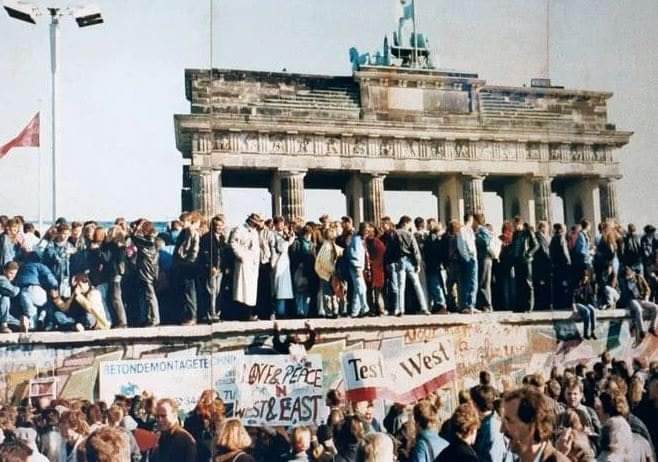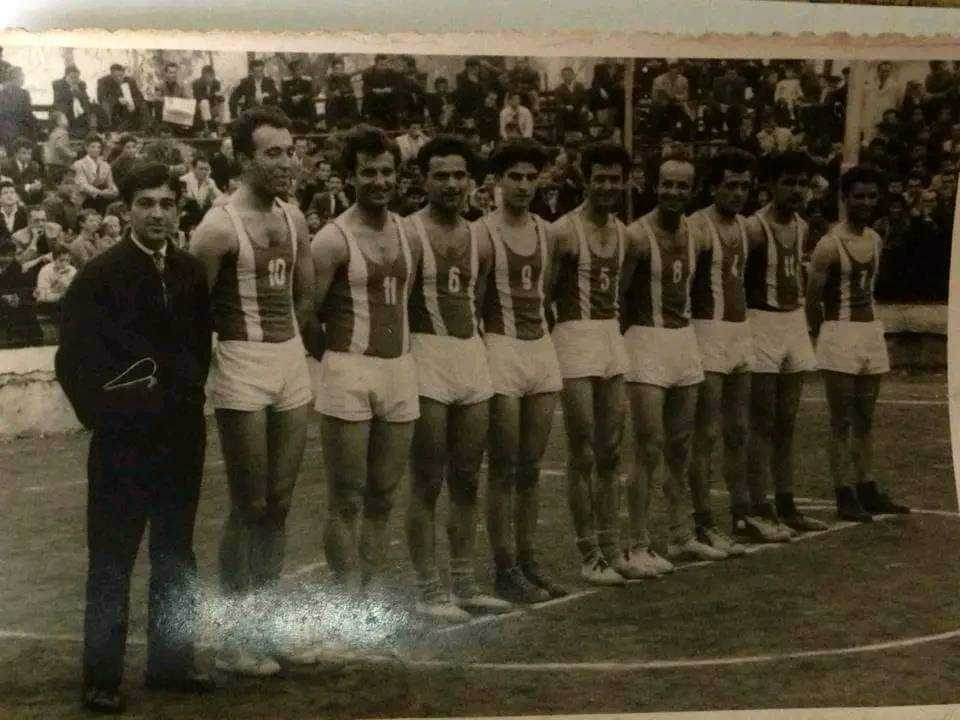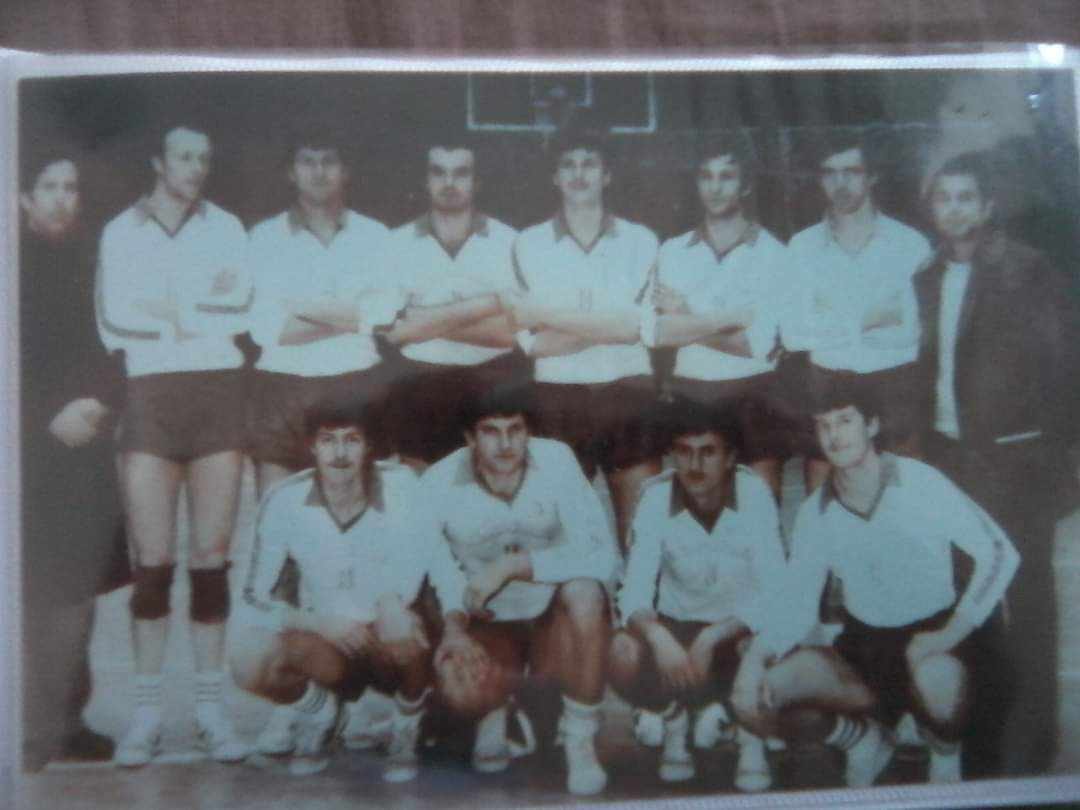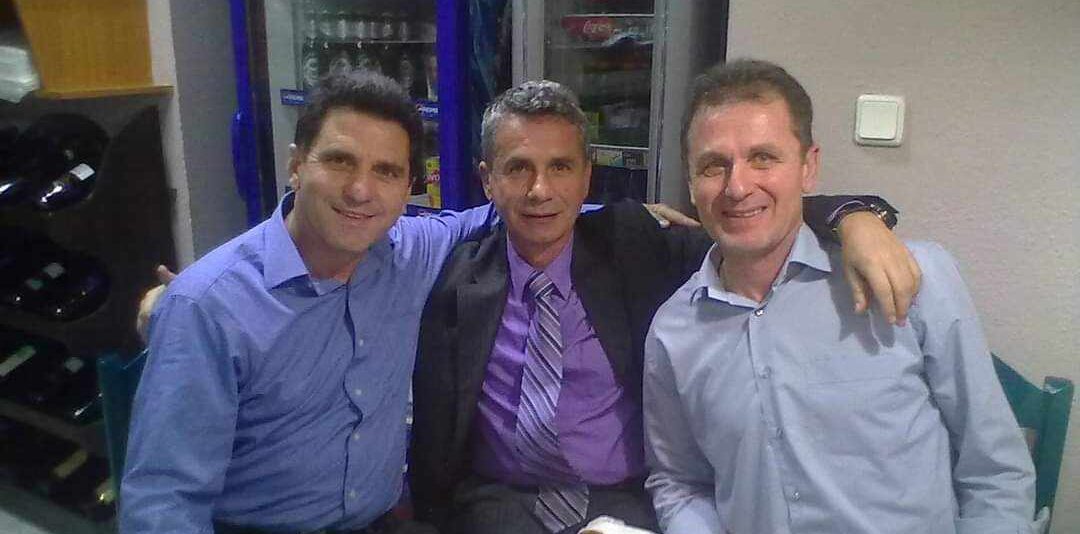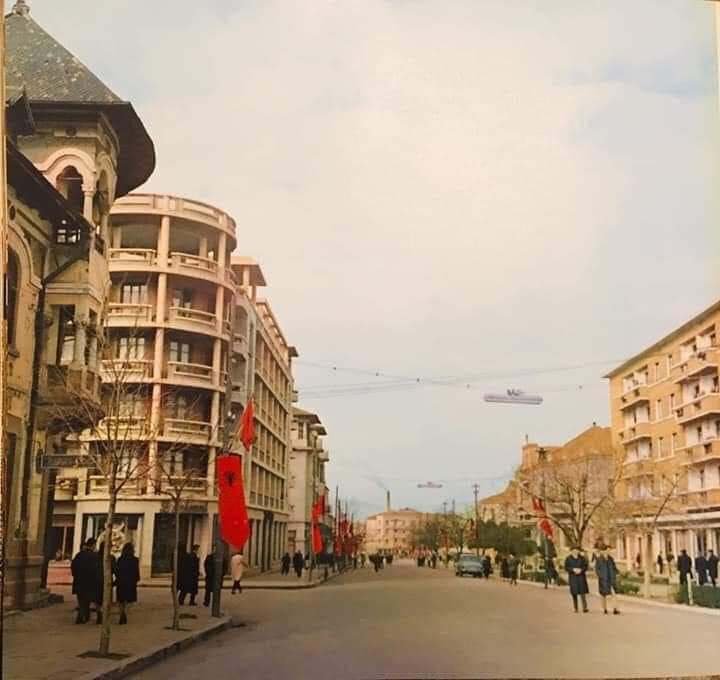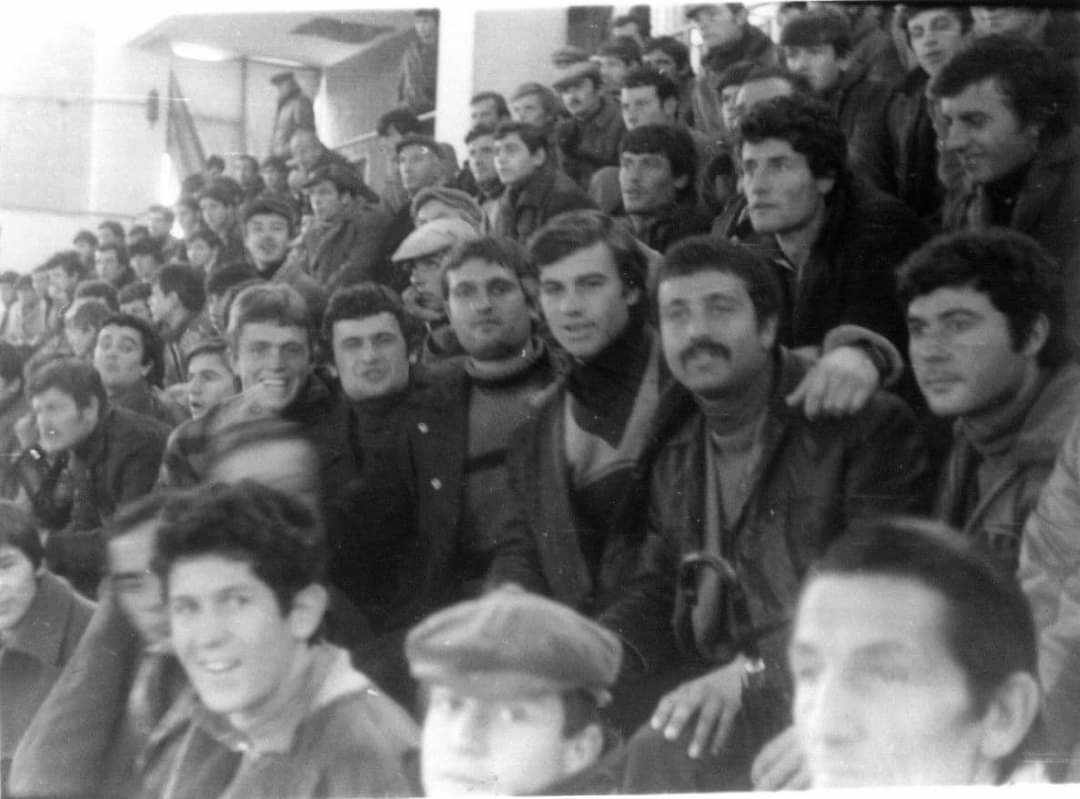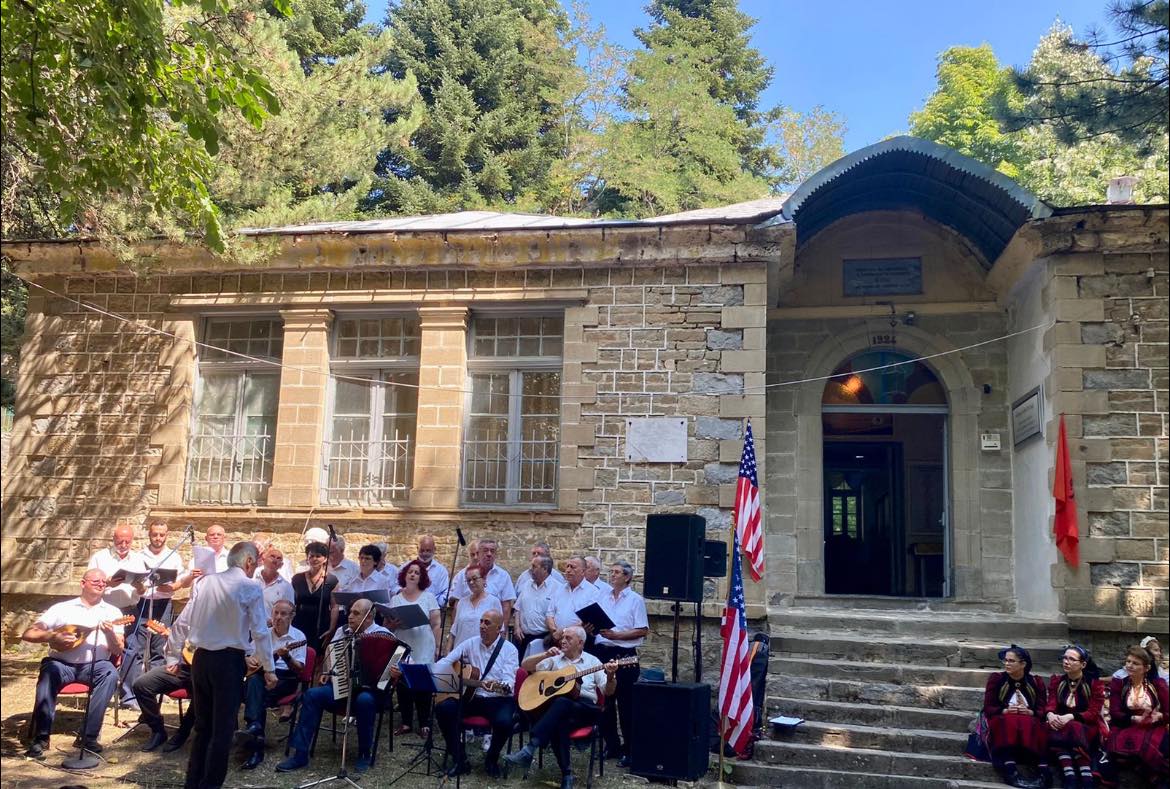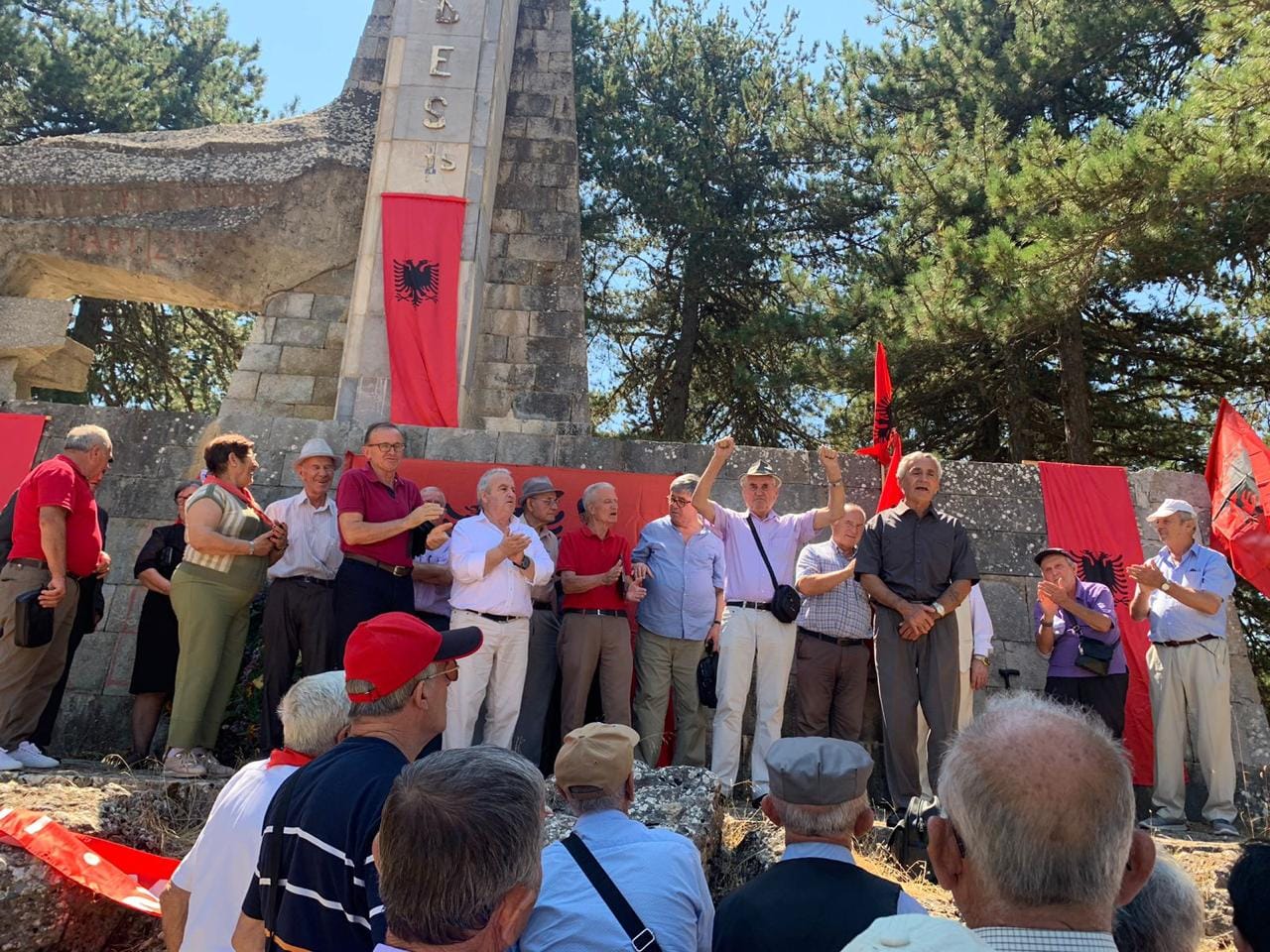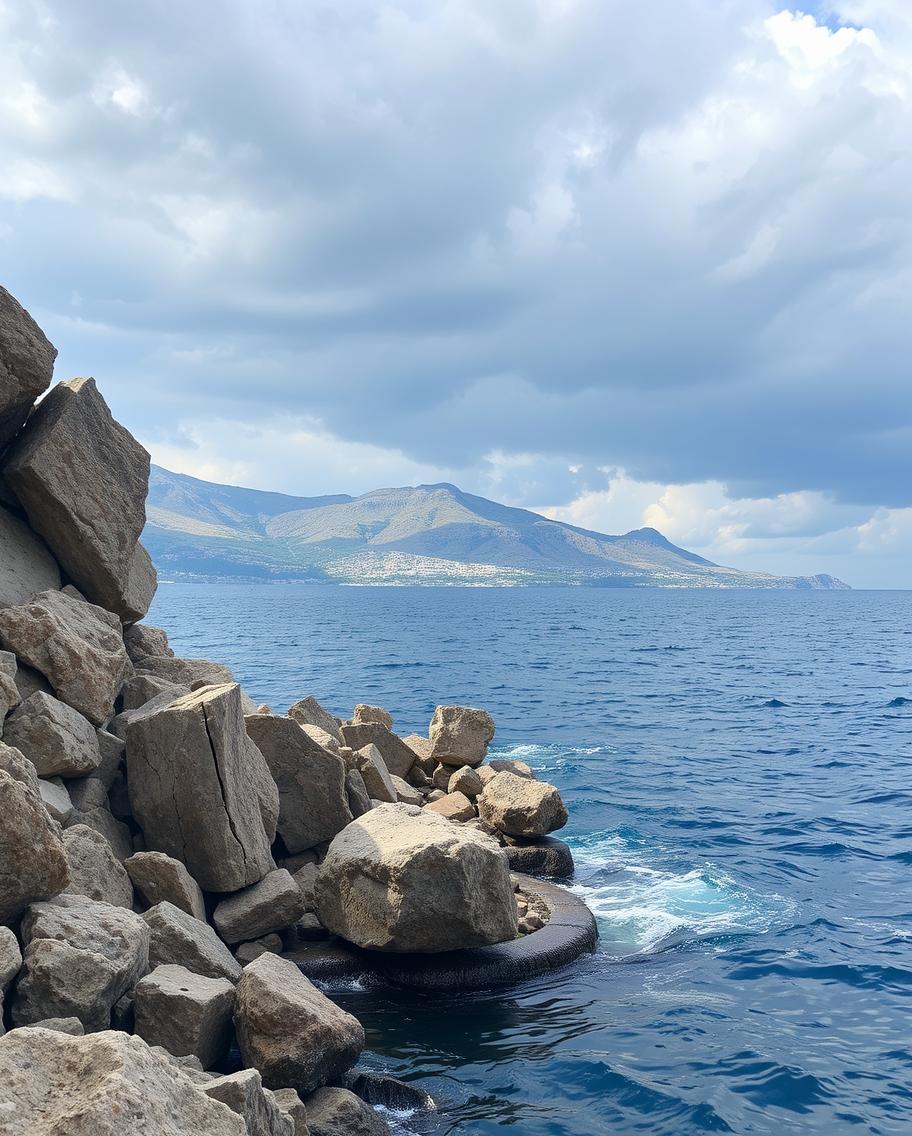History
Pride of Korçë: The icons of Korça’s sports through the years
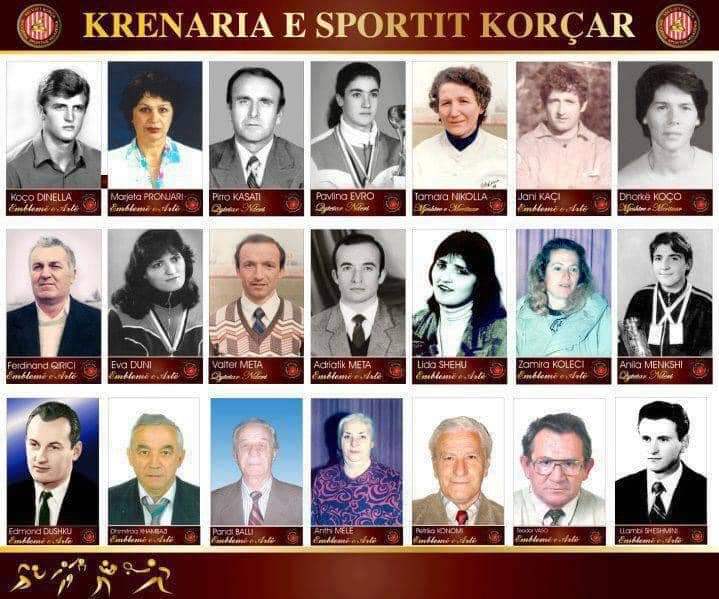
History
OCTOBER 3, 1990: GERMANY REUNITED
History
The basketball icons of Korça in a photo
History
The Korça men’s volleyball team, 1988
History
Three champions, but life separated one of them
History
Korça 54 years ago…
History
Fans of Skënderbeu 44 years ago at the stadium…
History
The 400th anniversary of the founding of the village of Dardhë
History
81 years since the creation of the First Assault Brigade in Albania in 1943/ This brigade was formed in Makërz of Vithkuq.
History
“The Mystery of the Lost City of Atlantis”
History
“The Tale of the Crusader Knight”
-
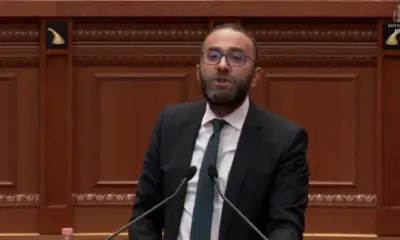
 Politics3 days ago
Politics3 days agoBardhi Reacts After 60-Day Suspension from Parliament
-
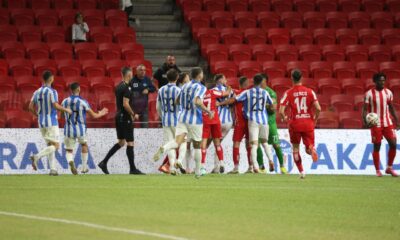
 Sport5 days ago
Sport5 days agoLAST NIGHT’S MATCH TIRANA-SKËNDERBEU / The white and red team missed out on 1 penalty
-
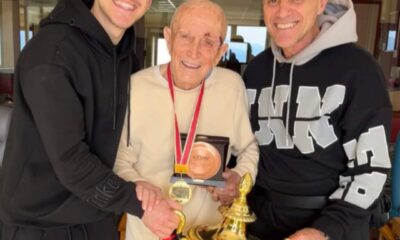
 Actuality5 days ago
Actuality5 days agoThe great Vangjel Koja has passed away! Farewell, master!
-
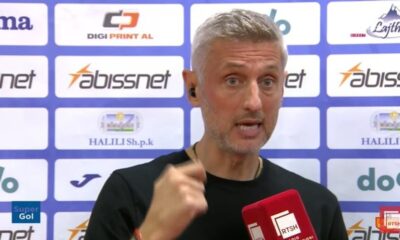
 Super League5 days ago
Super League5 days agoGvozdenovic “attributes” the loss to…
-
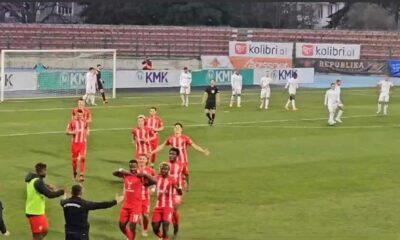
 Sport3 days ago
Sport3 days agoSKËNDERBEU/ After Juri Merlim, alarm for Randi Dumfor and Etien Tare!
-
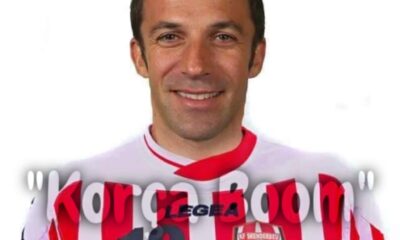
 Sport3 days ago
Sport3 days agoEXCLUSIVE/ Look at Alessandro Del Piero wearing the Skënderbeu jersey 10 years ago!
-
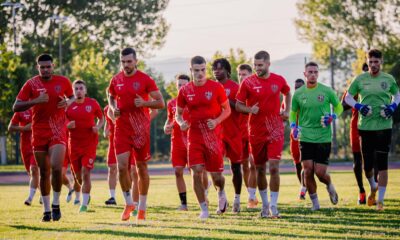
 Sport3 days ago
Sport3 days agoSkënderbeu / Today’s analysis of the loss: Here’s what to expect
-
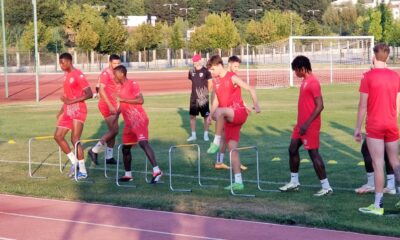
 Sport3 days ago
Sport3 days agoSkënderbeu set for lineup changes on Saturday/ Here’s what to expect
-
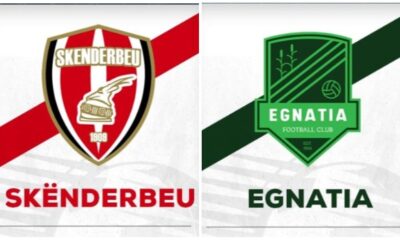
 Sport4 days ago
Sport4 days agoEgnatia with absences heading to Korçë on Saturday!
-
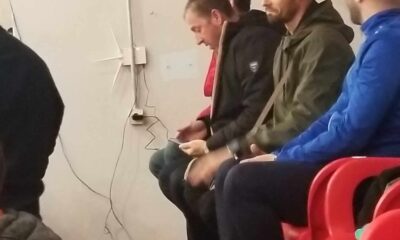
 Sport5 days ago
Sport5 days agoThe white and red fans react: “It’s about the judgment…

